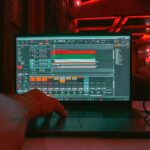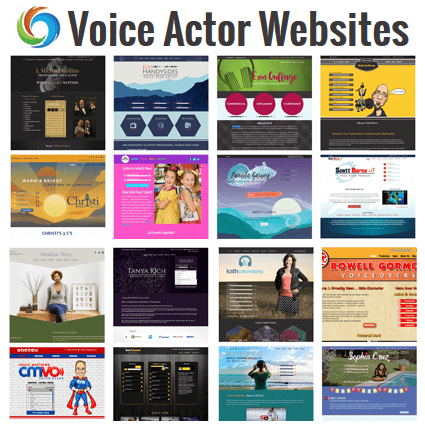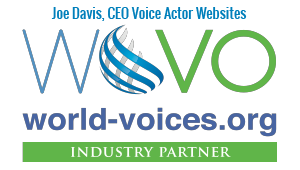Welcome to part one of two of this voiceover editing article. For many creatives, anything to do with tech can be terrifying! Telling a story and embracing character is a much different skill than polar patterns and compression. Why do creatives struggle with this? Well, to begin with, let me add a disclaimer that not all creatives struggle with this. Some adore the tech side of our industry. However, despite that, as a usual rule, most creatives are not a fan of the tech side of the job. That said, a certain degree of knowledge is required to work in the voiceover industry. In this article, we will cover tech voiceover editing and some top tips that will make your lives easier.
Voiceover Equipment
This part of the journey is the easiest bit to digest. When someone talks, you hear them with your ears. When you talk, they listen to you with their ears. So, imagine a microphone is just an electronic ear. The microphone is anything but narcissistic as it loves to listen to you and will say nothing itself. However, you can not hear back your own voice from the microphone as it has no mouth! Remember, the microphone is the electric ear, so we need an electric mouth to hear our voice repeated.
Imagine your headphones or speakers are electronic mouths. They are not great at listening, but they can certainly make noise. One final problem! The microphone and headphones struggle to get along; they do not understand each other! So that means we need an electronic mediator; this is our audio interface. What the audio interface does is take your audible voice and translate it into something a computer can understand. Then, via your audio editing software, you can listen to it back via your headphones or speakers.
Audio Editing Software (DAW)
Audio editing software will frequently be referred to as a DAW, which stands for Digital Audio Workstation. What is the purpose of your DAW? Well, simply put, it records your audio. However, the client on the other end does not want to hear every breath, click, cough, twitch, and tummy rumble! So, it is important to have some very simple editing abilities. Audio editing is a massive venture all on its own, but there are some quick fixes. Many allow the integrated use of plug-ins. What is a plug-in? A plug-in is a piece of software that will perform a service for you. For example, a de-breather may or may not be inbuilt into your DAW of choice, but it is something you can get as a plug-in
Voiceover Editing Summary
One of the best tips for reducing the amount of time and energy invested into editing is ensuring the delivery has as few issues with it as possible. This means having an acoustically treated soundproof spaced along with all the standard equipment. A good pop filter is a must to deal with plosives, for example, as even the best DAW will struggle to combat those sounds. In the second part of this audio article, we will look a little bit more at the DAW and how to edit audio quickly, easily, and efficiently.
Voiceover Editing by Alan Shires – Actor, Voiceover Artist, and Presenter at www.alanshires.co.uk.



